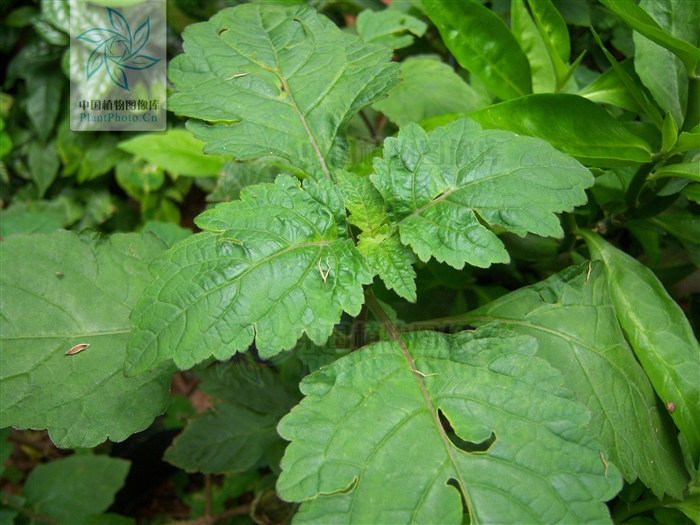 Description
Description
Patchouli, Pogostemon cablin, is one of species from the Lamiaceae (mint family), and has been widely cultivated in tropical and subtropical areas of Asia owing to high demand for its essential oil. Chemical and pharmacological studies of patchouli over the last few decades indicated that the patchouli oil contains >40 major components. These constituents exhibit marked activities, such as antibacterial, anti-influenza virus, anti-inflammatory, cytotoxic, antimutagenic, anti-PAF induced platelet aggregation, insecticidal, and hepatoprotective activities; therefore, have therapeutic roles in heat and dampness elimination, nerve smoothness and fatigue alleviation, indigestion, headache, and fever.
- SUMMARY
-
Published journals
Scientific Data
-
Publish date
2018.12
-
Sequence Method
Illumina HiSeq
-
Assembly
DSBC_Pcab_1.0
-
Assembly Method
SOAPdenovo v. 2.04
-
Genome Size
1916.69 Mb
-
Genome Coverage
355x
-
Scaffolds
41698
-
Contigs
202492
-
N50
34817
-
Bioproject
PRJNA471952
-
GCA Number
GCA_003675935.1
-
Data
https://ftp.ncbi.nlm.nih.gov/genomes/all/GCA/003/675/935/GCA_003675935.1_DSBC_Pcab_1.0/
-
Reference url
 Reference
Reference
He, Y., Peng, F., Deng, C., Xiong, L., Huang, Z. Y., Zhang, R. Q., ... & Peng, C. (2018). Building an octaploid genome and transcriptome of the medicinal plant Pogostemon cablin from Lamiales. Scientific data, 5(1), 1-11.
